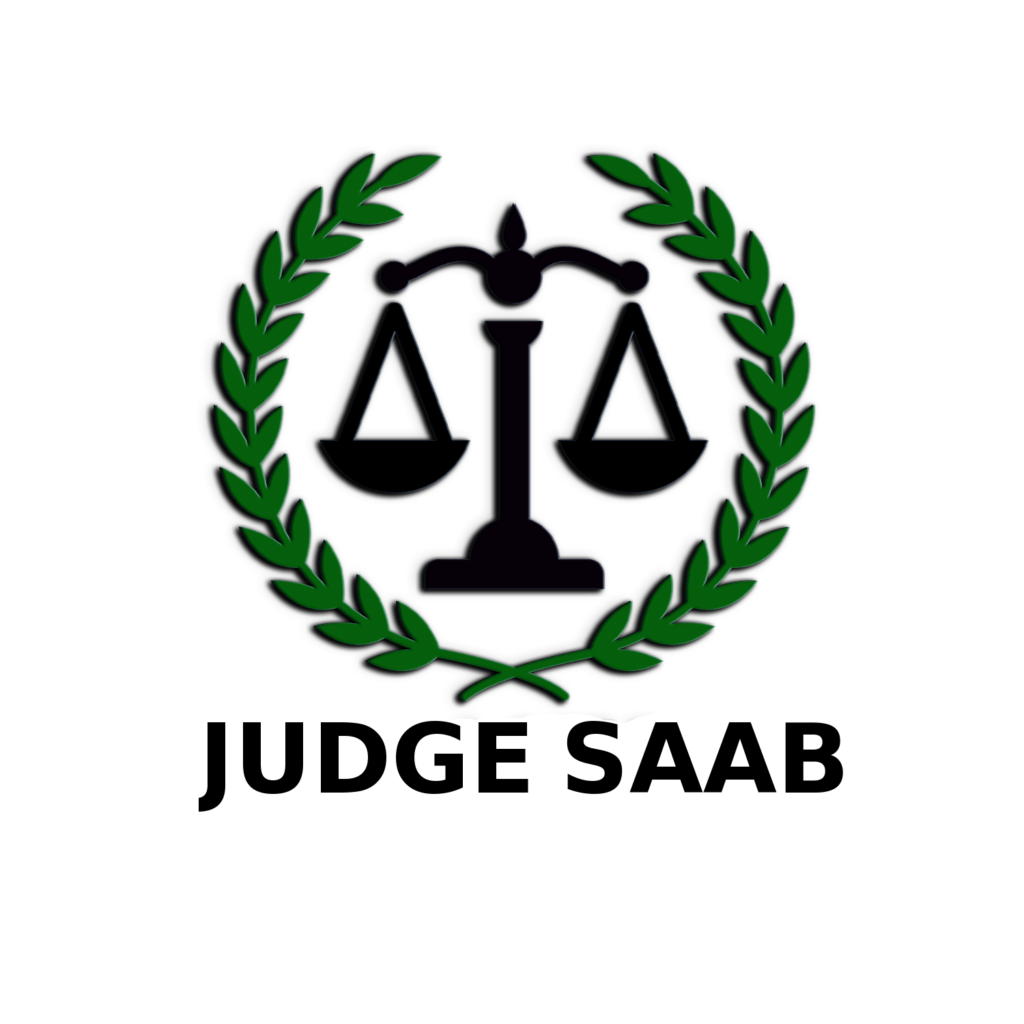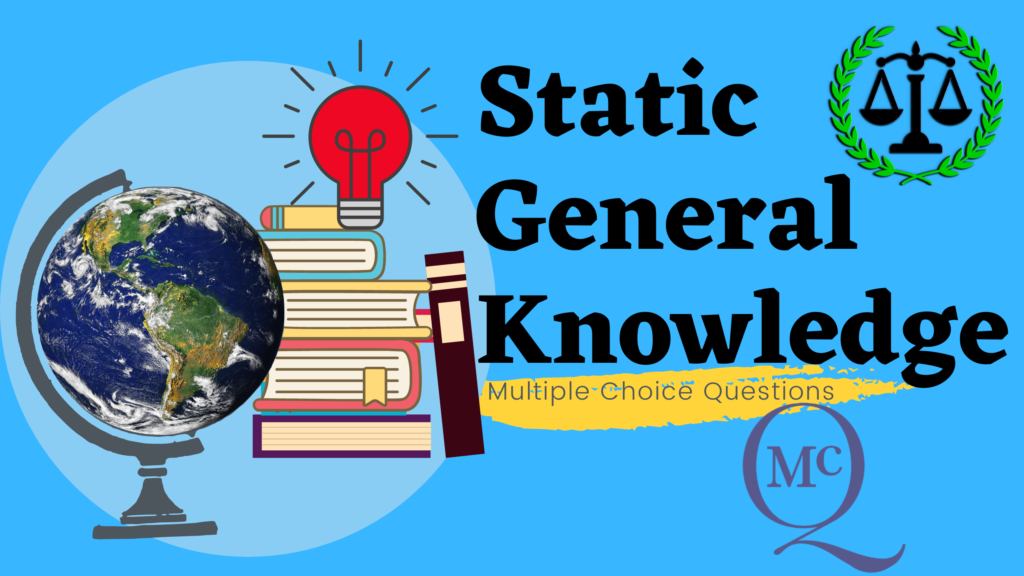Are you a serious Judicial Services Aspirant?
If yes and you are looking for a dedicated Judicial Services Mentorship program that includes Mains Answer Writing practice and Classes, kindly know our full program details on this webpage. https://judgesaab.com/judicial-services-preparation-plan/
Q.1. The famous literary work `Kitabul Hind’ was written by_________?
(a) Al Biruni
(b) Badayuni
(c) Zia ud din Banii
(d) Kaphi – Khan
Correct Answer: A
Explanation- Alberuni or Alberonius (Latin) was a prolific Persian scholar and polymath in the 11th century. He was a great scholar of Islam and a famous historian who visited the subcontinent during the Ghazvan dynasty in 1017. During his stay in India, he wrote the book Kitab-ul-Hind, which focuses on Indian faith, philosophy, customs and traditions. He was an Iranian scholar and polymath during the Golden Age of Islam. Thus, Option A is correct.
Kitab-ul-Hind which is also known as Tarikh-ul-Hind was written during the early 11th century. The book studies the “caste system” in India and has a comparative nature.
Hence Option A is correct.
Q.2. Which gas plays the main role in the Green House effect?
(a) H2
(b) N2
(c) CO2
(d) SO2
Correct Answer: C
Explanation- The warming up of the atmosphere due to trapped radiation is called green house effect. Green house gases like carbon dioxide, methane, nitrous oxide etc; increase in green house gases lead to global warming. Hence Option C is correct.
Q.3. Which Of the following causes more severe burns?
(a) Boiling water
(b) Hot water
(c) Steam
(d) Melting iceberg
Correct Answer: C
Explanation- Steam has more energy than boiling water. Therefore, burns produced by steam are more severe than those produced by boiling water. Hence Option C is correct.
Q.4. In India the Golden Revolution is related with_________?
(a) Woollen Production
(b) Oil Seeds Production
(c) Tourism Development
(d) Horticulture
Correct Answer: D
Explanation- The period between 1991 and 2003 is referred to as the Golden Revolution in India. It is related to the increased production of honey and horticulture which was the main objective of this agricultural revolution. NirpakhTutej is the father of Golden Revolution. Hence Option D is correct.
Q.5. Which Indian ruler appointed `Dharmamahamatra’ for the first time?
(a) Chandragupta Maurya
(b) Samudragupta
(c) Harshavardhan
(d) Ashoka
Correct Answer: D
Explanation- Dhamma is a set of edicts that formed a policy of the Mauryan emperor Ashoka, who succeeded to the Mauryan throne in modern-day India around 269 C.E. He is considered as one of the greatest kings of ancient India for his policies of public welfare. His policy of Dhamma has been debated by intellectuals. Hence Option D is correct.
Q.6. By which rule the Sati-Pratha was stopped?
(a) Rule XII
(b) Rule XIV
(c) Rule XV
(d) Rule XVII
Correct Answer: D
Explanation- The Bengal Sati Regulation (Regulation XVII) was passed by the then Governor-General of India, Lord William Bentinck making the practice of Sati illegal in all of British India. Hence Option D is correct.
Q.7. Jarvik7 is ______________?
(a) Pace maker
(b) Artificial limb
(c) Artificial heart
(d) Artificial Cornea
Correct Answer: C
Explanation– Thirty years ago on Dec. 2, 1982, in the darkest hours of the morning, cardiothoracic surgeon William DeVries, MD, carefully removed the ravaged heart of Dr. Barney Clark—a heart that tore like tissue paper due to years of treatment with steroids—and replaced it with the world’s first permanent artificial heart. Known as the Jarvik-7 (named after former U of U physician and inventor Robert Jarvik, MD), this aluminum and polyurethane device was connected to a 400-pound air compressor that would accompany Clark for the rest of his life – all 112 days of it. Hence option C is correct.
Q.8. Match List – I with List – II and choose the correct answer from the codes given below.
List – I List-II
(A) Internet speed 1. 8 G.B.
(B) Pendrive 2. 2 Mbps memory
(C) Face-book 3. E-mail
(D) Yahoo 4. Social media
Code:
. A B C D
(a) 1 4 2 3
(b) 2 1 4 3
(c) 3 2 4 1
(d) 1 2 3 4
Correct Answer: B
Explanation-
(A) Internet speed 2. 2 Mbps memory
(B) Pen drive 1. 8 G.B.
(C) Face-book 4. Social media
(D) Yahoo 3. E-mail
Hence Option B is correct.
Q.9. Which of the following book/books are not written by Kalidas?
(1) Ritusamhara (2) Kiratarjuniya
(3) Mrichhkatikam (4) Malvikagnimitram
Select the correct answer using the code given below:
(a) 1 only
(b) 1 and 2 both
(c) 2 and 3
(d) 1, 2, 3, 4
Correct Answer: C
Explanation- Kiratarjuniya&Mrichchakatikam is not written by Kalidasa. Mṛcchakaṭika remains one of the most widely celebrated and oft-performed in the West. Mrichchhakatika is a ten-act Sanskrit drama attributed to Sudraka, an ancient playwright generally thought to have lived sometime between the second century BC and the fifth century AD whom the prologue identifies as a Kshatriya king and a devotee of Siva who lived for 100 years. Hence Option C is correct.
Q.10. Who was the Peshwa when the Third Battle of Panipat was fought in 1761?
(a) Baji Rao I
(b) BalajiBajirao
(c) Madhava Rao
(d) Baji Rao II
Correct Answer: C
Explanation-Peshwa Madhavrao
This period of 10 years is marked by the rule of PeshwaMadhavrao, who is credited with the revival of Maratha domination following the defeat at Panipat. Hence Option C is correct.

